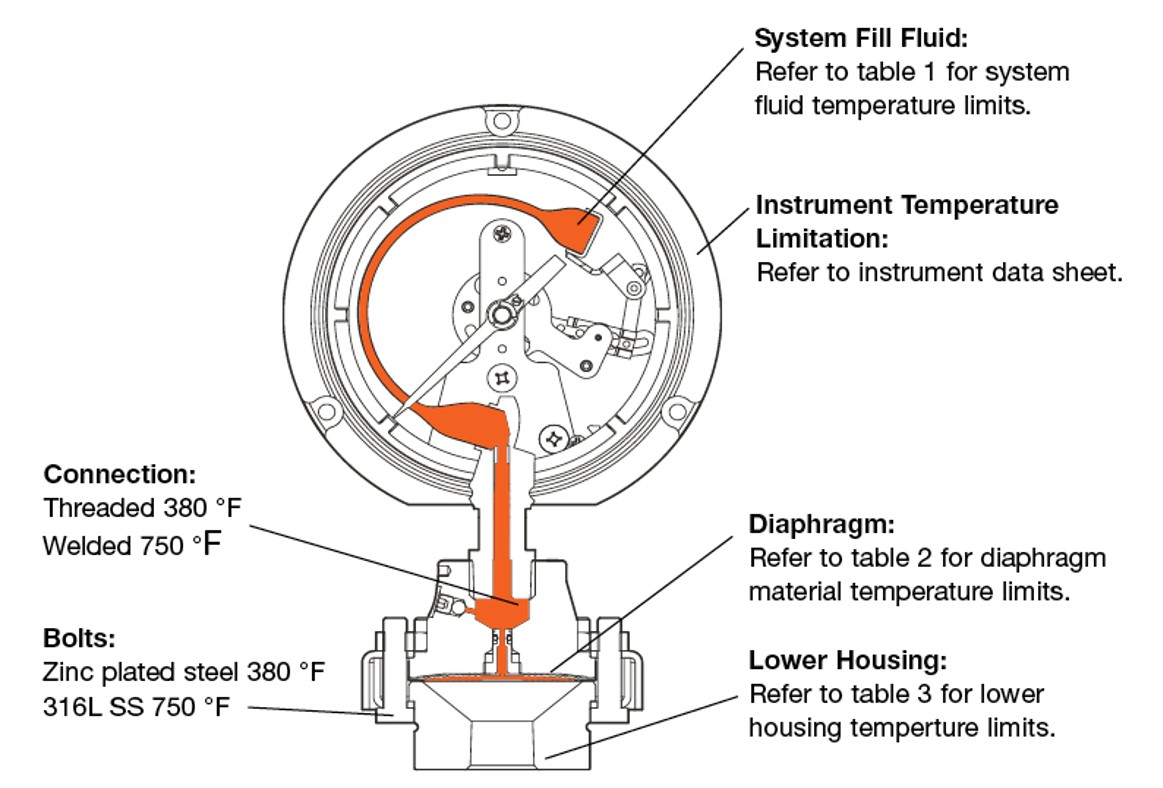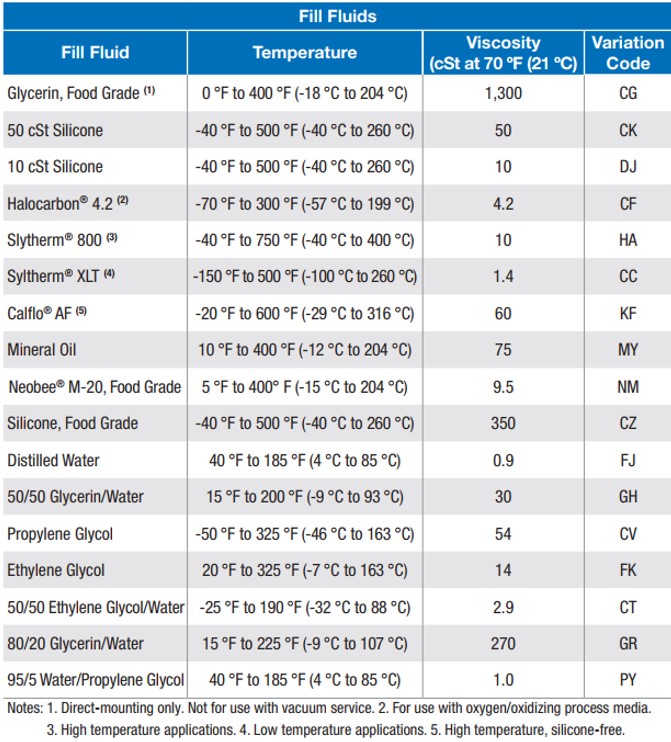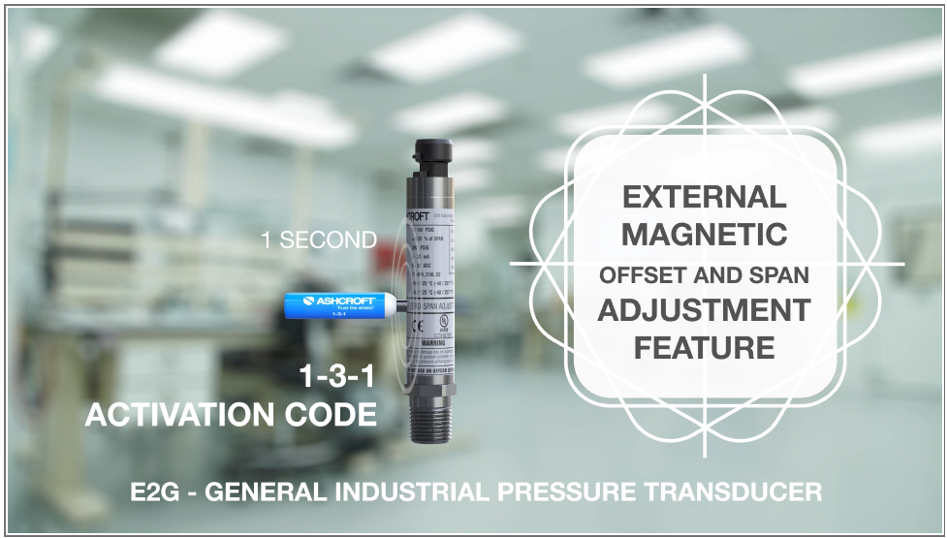
By:
John Girard
Business Development Lealer
Published on:
January 22nd, 2024
Subscribe now and get the latest blog posts delivered straight to your inbox.
How do I safely select diaphragm seals for high temperature applications?

By:
John Girard
Business Development Lealer
Published on:
January 22nd, 2024

If you work in an industry that involves high-heat processes, such as oil and gas and petrochemical applications, you know the challenge of keeping your pressure and temperature measurement instruments working effectively. These instruments are put to the test daily with exposure to extreme temperatures, abrasive chemicals and other elements that may not be compatible with the wetted components (parts that are in contact with the process).
The industry solution for protecting pressure and temperature instruments in these applications is to use isolators, commonly known as diaphragm seals, to isolate the instrument from the process. But how do you know the type of seal that is best for your operation?
Ashcroft is an industry-leading manufacturer of diaphragm seals and frequently works with customers to address this issue. As the product leader for diaphragm seals, I want to share my insights and solutions that you can use as a reference for your needs. Read on to learn common challenges for diaphragm seals and assemblies, considerations for choosing diaphragm seals and how to protect them (and other instruments) from damage in your specific application
.
Common challenges for diaphragm seals.
As you may know, a mechanical pressure gauge on a line pumping sulfuric acid would not last long unless it was isolated using a diaphragm seal with materials that are compatible such as Hastelloy® B, Tantalum, PTFE or Kalrez®. Beyond corrosive elements, diaphragm seal assemblies can also be exposed to elevated temperatures. This has prompted customers to ask if it is acceptable to use diaphragm seals specifically for protection in high-temperature applications. Here’s what happens:
- Diaphragm seal assemblies are usually filled, calibrated and stored at room temperature.
- Exposing them to higher temperatures can cause the fill fluid to expand.
- As the system fill expands it can create a pressure reading on the instrument that is not caused by the process pressure, but by thermal expansion of the fill fluid in the diaphragm seal assembly.
- Although the diaphragm seal can act as a heat sink and absorb/radiate some of the elevated temperature (protecting the instrument) the result could be a significant shift in the pressure reading.
What are the temperature limitations on diaphragm seals?
To confirm the maximum and minimum temperature limitations on a diaphragm seal assembly, there are multiple points of consideration. To ensure safe installation, it is important to check the temperature limits of the components of the assembly. See the illustration below.
Figure 1. Diaphragm Seal Temperature Limits.

Table 1: System Fill Fluid Temperature Limits

Considerations for using diaphragm seals in high-temperature applications.
There are some applications where it is unavoidable for diaphragm seal assemblies to be exposed to high temperatures. An obvious example would be when there are chemical compatibility or clogging concerns as well as high temperatures. Also, necessary when the process media stays hotter than the instrument can handle. In both cases, some steps need to be taken to not only protect the instrument but preserve the integrity of the diaphragm seal assembly.
Here are items to consider:
Add a heat dissipator above the diaphragm. If you go this route, you need to remember that there will be additional system fill volume. By adding fill fluid, you may be amplifying the temperature effect that we’re trying to avoid. Therefore, it is important to ensure that the dissipation device is limited in the additional system fill required and dissipates efficiently. Two options that are limited in internal volume and dissipate temperature extremely effectively include:
- Capillary lines. Capillaries have been tested to bring temperatures as high as 700 °F down to room temperature after 6 inches of tubing.
- Micro-tube™ siphon. These siphons have been tested to take temperatures as high as 800 °F down to 100 °F.
Know the temperature limit of the instrument(s). Although the diaphragm seal will absorb some of the heat, it is still possible that heat could be transmitted past the diaphragm seal and damage the instrument. Refer to the instruments’ maximum temperature limits provided by the manufacturer before making your selection.
Use adjustable instrumentation. If your application uses a pressure gauge with a micrometer pointer (such as the Ashcroft® 1279 Pressure Gauge with PLUS!™ Performance), or a transducer with zero/span adjustment (such as the Ashcroft® E2 Pressure Transducer), adjustments may need to be made once assembled to the isolator.
If you have a liquid-filled gauge you don’t have access to zero/span adjustments. You can achieve zero/span adjustments by using dampened movements on the pressure gauge in place of a liquid filling. For example, the Ashcroft® PLUS!™ Performance options have no liquid fill, so the calibration can easily be adjusted.
With pressure transducers, you need to have access to the zero/span adjustments. Some transducers have access points to adjust the potentiometers. Transducers constructed with housings that are sealed due to area classification requirements need a way to make adjustments without entering the housing. The Ashcroft® E2 Pressure Transducer uses a magnet to make zero/span adjustments with the sealed housing.

Use appropriate temperature-rated fill fluid. The system fill fluid of the diaphragm seal must also be rated to the process temperature limit. Silicone is generally safe up to 500 °F and beyond that Syltherm® 800 (rated to 750 °F) should be used.
Use seals with all-welded construction. Modular seals tend to have PTFE gaskets which prevent metal-to-metal contact and help seal the system fill in the assembly, but you must consider the temperature limit. As pressure increases the temperature limit of the gasket degrades. For applications with temperatures above 500 °F consider all welded diaphragm seals like the Ashcroft® 510 series, which would be more appropriate.
Use all-welded assemblies. Seal assemblies are typically threaded together with ¼ or ½ NPT connections. A two-phase thread sealant is used to create better thread engagement and a tighter seal. This sealant is rated to 480 °F. If the seal is likely to transmit temperature above 480 °F we would recommend the connections be welded to avoid compromising the thread sealant.
Consider the temperature limits of other diaphragm seal components. Whether you are using plastics such as PVC or PVDF for the lower housing, elastomers such as Viton or Kalrez for the diaphragm or PTFE for either, it is important to consider the pressure/temperature limitations of those materials. Even the hardware (which is commonly zinc-plated steel) has to be considered for high-temperature applications. Temperature can even play a role in degrading the maximum pressure limitations of a flanged installation.
Table 1: Diaphragm Material Limits

Although high-temperature applications present challenges to instrumentation, there are more than enough solutions to protect the instrument from damage and temperature error. By using heat dissipation devices, high-temperature fill fluids and all welded seal designs would be effective in ensuring a safe and reliable pressure indication/monitor installation.
Do you want to learn more?
Now that you know the common challenges for isolators, and the considerations for choosing the right one for your high-temperature application, you may still have questions. Here are a couple of related articles that may interest you.
• Best Practices for Installing Flanged Diaphragm Seals
• How Does Temperature Affect Pressure Gauge Performance?
Or, to speak with someone directly, feel free to contact one of our product experts with any questions you have.
In the meantime, download our guide to learn more about pressure instrument assembly.
John Girard, Business Development Lealer
John Girard is currently the Business Marketing Leader for Diaphragm seals, Process Gauges and Accessories at Ashcroft. Formerly, he was the Territory Sales Manager responsible for supporting the distribution network in the Northeast. He began with Ashcroft as a Product Specialist for mechanical pressure gauges and accessories. He transitioned to a Sales Engineer role working with engineering firms on specifications. John achieved an M.B.A from Johnson & Wales University and has 10+ years of experience working with Sales and Marketing.






















